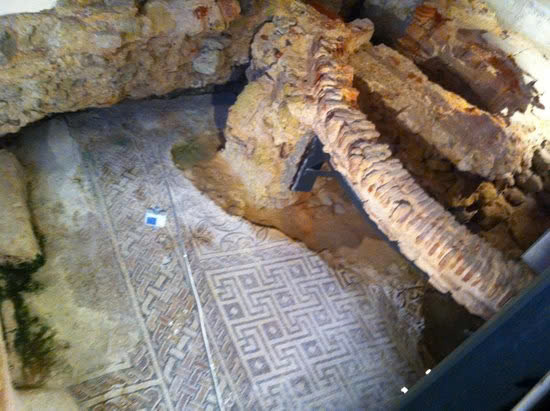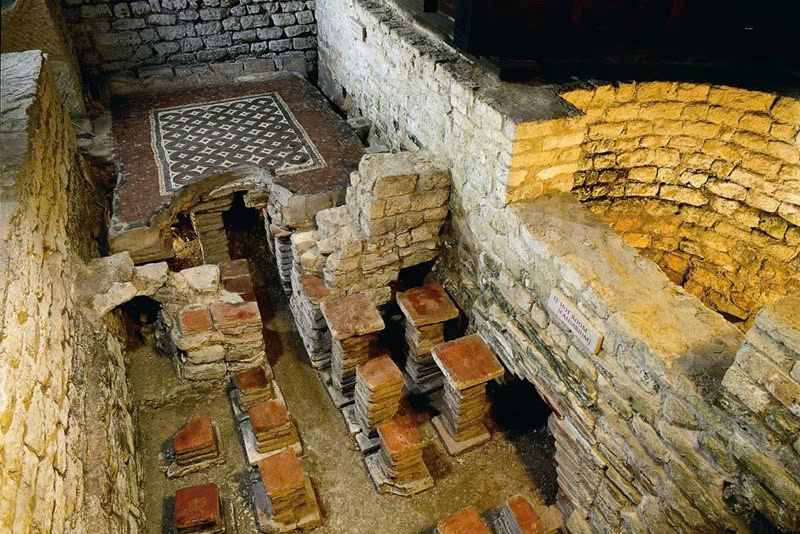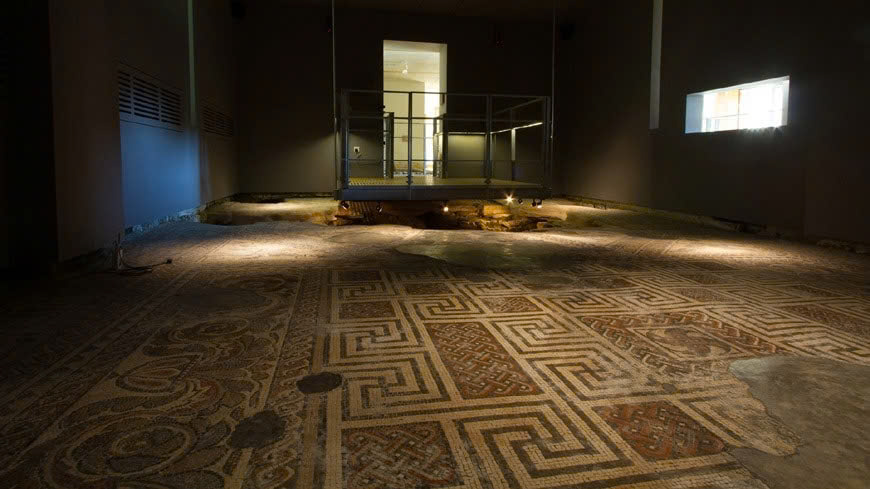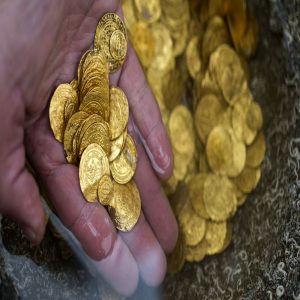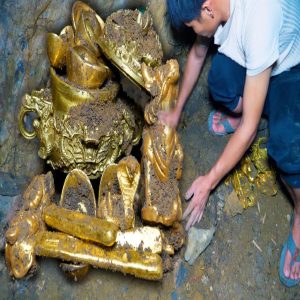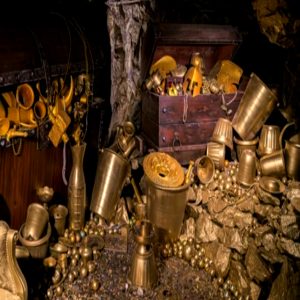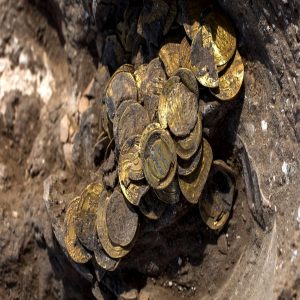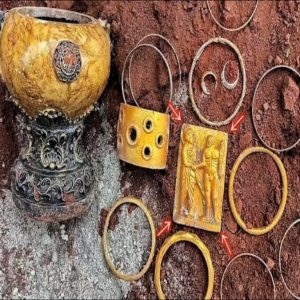In the rolling Cotswold Hills of Gloucestershire lies a remarkable testament to Roman luxury and innovation – the Chedworth Roman Villa. Built around 120 CE, this ancient marvel continues to captivate visitors with its extraordinary blend of opulence and engineering prowess.
A Strategic Masterpiece in the Heart of Roman Britain
Nestled near the meandering River Coln and the historic Fosse Way Roman road, Chedworth Villa wasn’t just another wealthy residence. Its strategic location near Corinium Dobunnorum (modern-day Cirencester) made it a hub of culture and commerce in Roman Britain. The villa’s positioning speaks volumes about its owners – an affluent family who understood the value of location in building their legacy.
Engineering That Stood the Test of Time
The Revolutionary Heating System
Perhaps the most fascinating aspect of Chedworth is its hypocaust system – an engineering marvel that would impress even modern architects. Imagine walking through rooms warmed by an intricate network of underfloor heating, where hot air circulated beneath your feet through carefully designed channels. The villa’s bathhouses featured both steam and dry heating facilities, making it one of the most sophisticated bath complexes in Roman Britain.
Artistry in Every Step
As you walk through the villa’s 15 rooms, you’re literally stepping on history. The mosaic floors, with their intricate geometric patterns and mythological scenes, tell stories of Roman artistry that have survived centuries. A particularly remarkable mosaic in Room 28, dating back to the 5th century CE, stands as evidence that Roman artistry flourished here even after the empire’s official decline.
More Than Just a Home
A Sacred Space
At the heart of the villa lies the nymphaeum – a sacred shrine built around a natural spring. This wasn’t just about engineering; it was a spiritual center where Roman traditions merged with local beliefs. The shrine stands as a testament to how Romans didn’t just conquer lands; they embraced and integrated local cultures.
Defying Time
What makes Chedworth truly special is its resilience. Even after Roman authority officially withdrew from Britain in 410 CE, life continued here. The villa saw renovations and modifications well into the 5th century CE, showing how deeply Roman influence had rooted itself in British society.
A Living Legacy
Today, under the careful stewardship of the National Trust, Chedworth Roman Villa stands as more than just ruins – it’s a window into a sophisticated past. Every stone, mosaic, and heating duct tells a story of innovation, luxury, and cultural exchange that shaped Britain’s history.
The villa reminds us that the Romans weren’t just conquerors – they were innovators, artists, and architects who left an indelible mark on British culture. As you walk through Chedworth’s ancient halls, you’re not just visiting a historical site; you’re experiencing a living testament to Roman Britain’s golden age.

